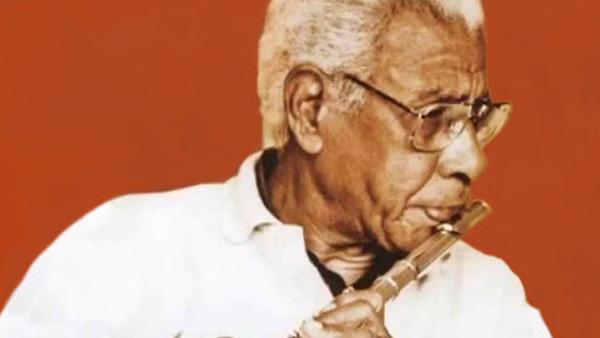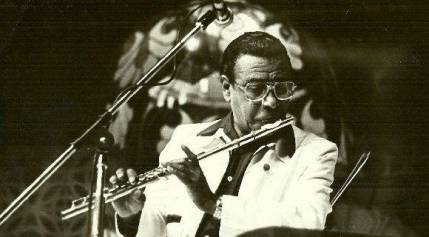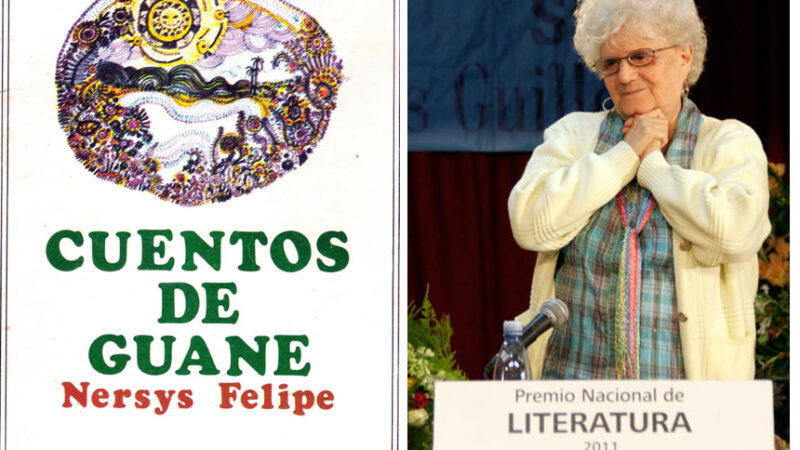Richard Egües: virtuosity, elegance and taste

There are men who stand out with a personal seal, a timbre of uniqueness and an incomparable presence. This allows them to become symbols, emblems of culture. This is the case of Richard Egües (Eduardo Richard Egües Martínez). He is the most famous of all Cuban popular flutists.
For 29 years (1955-1984) he was an indispensable figure in the renowned Orquesta Aragón, improvising with the audience, with very special and unique themes and flourishes. First with his five-keyed wooden flute, as no one else in the world had ever done, and then with the Bohm system.
These sounds were unrepeatable in the history of the Cuban charanguero format. They were also extended to the son montuno. He became a master of the music of all times. Several generations of Cubans and foreigners have danced and enjoyed to his rhythm.
For the pride of Cuba, this virtuoso man was born on October 26, 1924, 99 years ago, in the city of Cruces, in the then province of Las Villas. He enjoyed great popularity and recognition for his significant contributions to Cuban music.

With a unique mastery, he composed musical texts with a great popular taste, which increased his reputation among the connoisseurs of rhythms and among the simple people, but sensitive to the good in terms of musical quality. It was an unstoppable rhythm for the feet, for long corridors in long nights of celebrations. The sound of his flute also became Among his most memorable compositions are Sabrosona, El Trago, La muela, La cantina, El Paso de Encarnación and the chachacha that traveled around the world, El bodeguero, with its unforgettable refrain «toma chocolate, paga lo que debes«.
He also composed sones montunos, which achieved a high level of popularity and diffusion in the world, boleros, guarachas, songs, ballads, guajiras and other genres of Cuban popular music that have been covered by various singers of all times. He even successfully ventured into the field of classical music.
The outstanding poet Nancy Morejón, full of the Cuban spirit, described him in one of her verses: «We all asked for his presence around his mahogany table / The gold of the house fell on his shoulders / Mysterious / Wonderful to be among us, Richard / With that flute alone.
Egües, undoubtedly a remarkable musician, set the standard for his instrument. Yet he studied little, and his entire work and life were an affirmation of his Cubanness. He was not, as most who knew him thought, born with a flute under his arm. «As he once admitted, «The flute was almost a miracle. He also played the piano, the clarinet, the saxophone and a little bit of bass.
Richard Egües’ work is a relevant sound document of Cuban music and culture, because of its contagious rhythm and harmony, achieving a perfect communication with the audience and the dancers, who identified with him every step of the way.
His imprint and those essences of expressing a magician of the instrument, with a touch of grace and an undeniable need to make good art that always accompanied him, have remained in his people.
Translated by Luis E. Amador Dominguez



